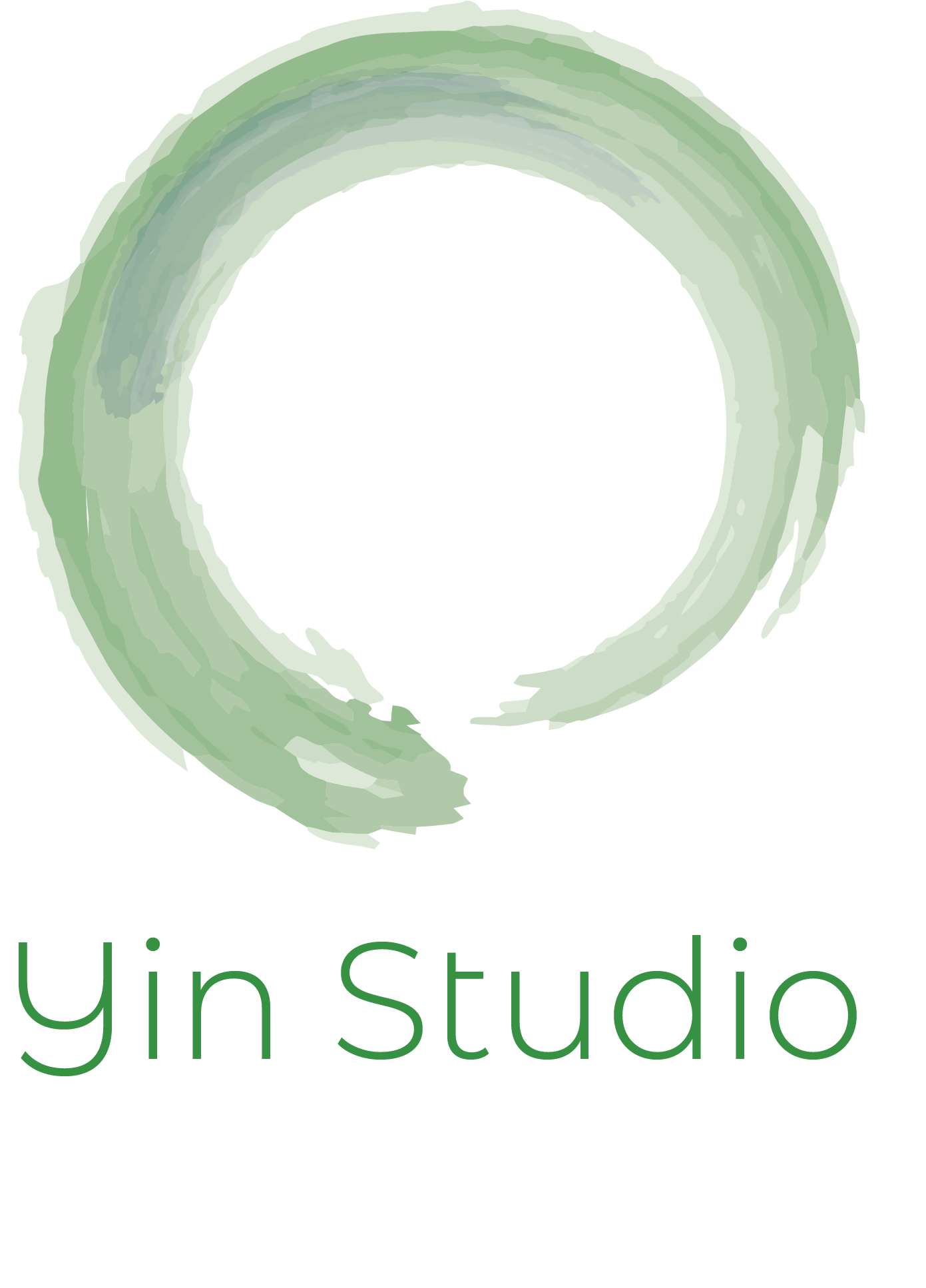Is It All In Your Head? How Can Acupuncture Help Migraines?
I often find that patients confuse headaches and migraines. For true migraine sufferers, it is very clear that this is no ordinary headache. Around 20% of the population suffers from migraine at some stage in their lives. Migraine often first appears in childhood, adolescence or early adulthood, but affects the greatest number of people between 35 and 45 years of age. Migraines most often affect women and the frequency and severity is affected by hormones. For this reason, there is often a change in symptoms during adolescence, pregnancy and menopause.
What is a Migraine?
Migraine headaches are usually one-sided, pulsating or throbbing, and moderate or severe in intensity. They can be worsened with activity and may be associated with nausea and/or vomiting, as well as sensitivity to light or noise. Some patients also experience auras, a neurological symptom that develops gradually over 5-20 minutes. The patient may see brief flashes or waves of light, or changes in their vision. Other common features of auras include vertigo, imbalance, confusion and numbness.
How Can Acupuncture Help To Treat Migraines?
A series of clinical trials have found that acupuncture can be used to regulate serotonin and other neurotransmitters in our body. Low serotonin levels leave patients more vulnerable to migraines, so acupuncture is used to speed the release of serotonin in the brain and spinal cord. Furthermore, biochemical studies revealed that acupuncture affects acetylcholinesterase activity in the blood, magnesium concentrations in blood serum, and endogenous opioid release in the central nervous system, all of which reduce the symptoms of migraines, tension headaches, and cluster headaches.
Acupuncture involves the insertion of fine needles into specific points on the body. Because the pain of a migraine may be associated with the dilation of blood vessels in the head, increasing circulation in this area can worsen the patient's symptoms. Treatments at Yin Studio utilise a unique approach to the treatment of migraine attacks. By avoiding points in the head, neck and upper body, and instead using points exclusively in the lower body, we avoid dilating the blood vessels of the head. The entire treatment is often performed with the patient in a recumbent position rather than in a prone position. This also minimises dilation of the blood vessels during acupuncture.
How Many Treatments Will I Need?
While everyone is different and there is no blanket rule, I find that most patients respond after 2-3 treatments and will generally need around 6 treatments to be migraine free. This state of wellbeing lasts until there is another stressful or traumatic event that triggers the migraine response again. Therefore it may be beneficial to think about some maintenance treatments to prevent their return.
Acupuncture for Migraine Prevention
Emotional stress is a well-known trigger for migraines. People living in a fast-paced city like Brisbane tend to have imbalanced autonomic nervous systems. The parasympathetic (relaxed state) branch is inhibited, and the sympathetic branch (stressed state) is activated. This type of imbalance may be tied to other health conditions such as heart disease, insomnia, hypertension and premenstrual syndrome.
The acupuncture technique used at Yin Studio helps to prevent migraines by activating the parasympathetic nervous system and decreasing muscle tension. Acupuncture points for this technique are usually chosen on the forearms and lower legs.
Increased muscle tension in the neck and upper back is common in people with migraines; therefore reducing this tension is an integral part of preventing migraines. By finding and treating the most reactive of the 24 major diagnostic points, we can affect an instantaneous increase in blood flow to sore and tense muscles.
Certain lifestyle changes are also recommended to reduce the incidence of headaches:
Sleep adequately (7-8 hours per day)
Avoid physical or mental fatigue
Avoid alcohol (especially red wine)
Avoid caffeine
Eliminate foods that trigger migraines: dairy, chocolate, spices, wheat and corn
Avoid any triggers that cause your headaches
